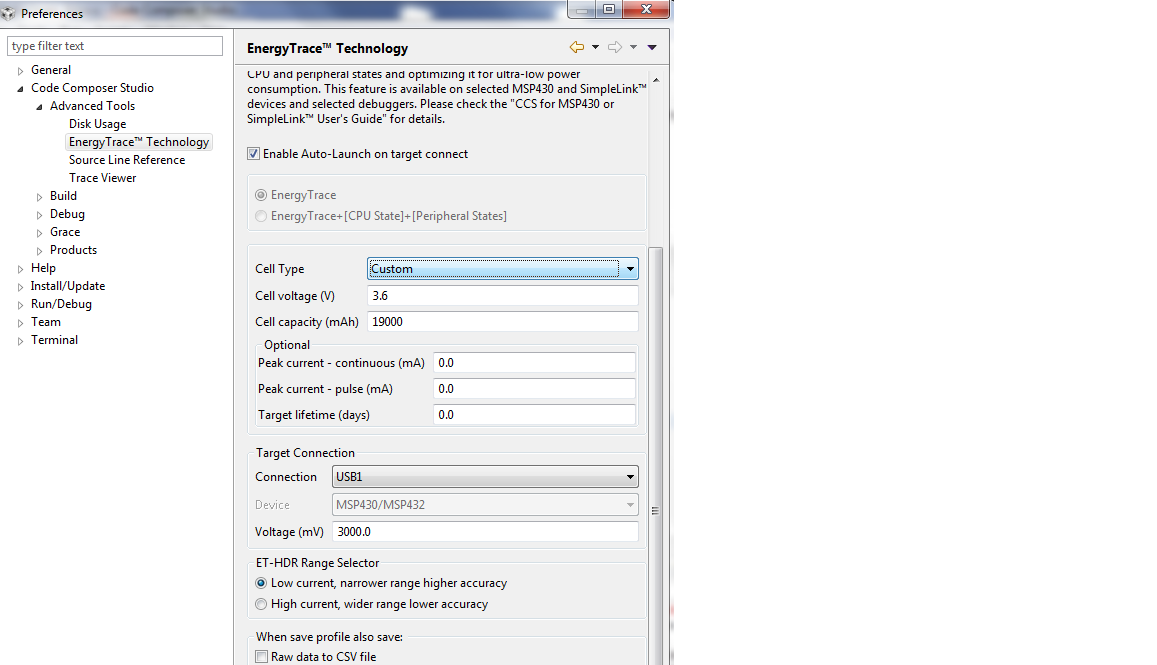Other Parts Discussed in Thread: ENERGYTRACE, TPS22810
Tool/software: TI-RTOS
Hi Team,
My application at present triggers an event every 6 hours and once that event is completed it registers the time with the data in the file on SD card.
At the moment we are using watchdog to execute this task.
However, the limitation of using watchdog is that we cannot put the unit in the deep sleep mode.
And in order to utilize the feature of deep sleep we have to use the RTC (real time clock).
Please can someone share information on how to trigger the RTC every 6 hours so as we can trigger the event and also once the event has accomplished how can we get the real time to be written into the SD card for the file written?
I have went through the forum and the document and also the header file "rtc_c.h" but it only shows how we can trigger every minute or every hour certain minute pass the hour.
For us, whenever we start the unit (msp432) every 6 hours after the start of the unit, the rtc should trigger the event and we need to get the time at the rtc triggered.
I am using the SimpleLink MSP432 SDK RTOS version.


